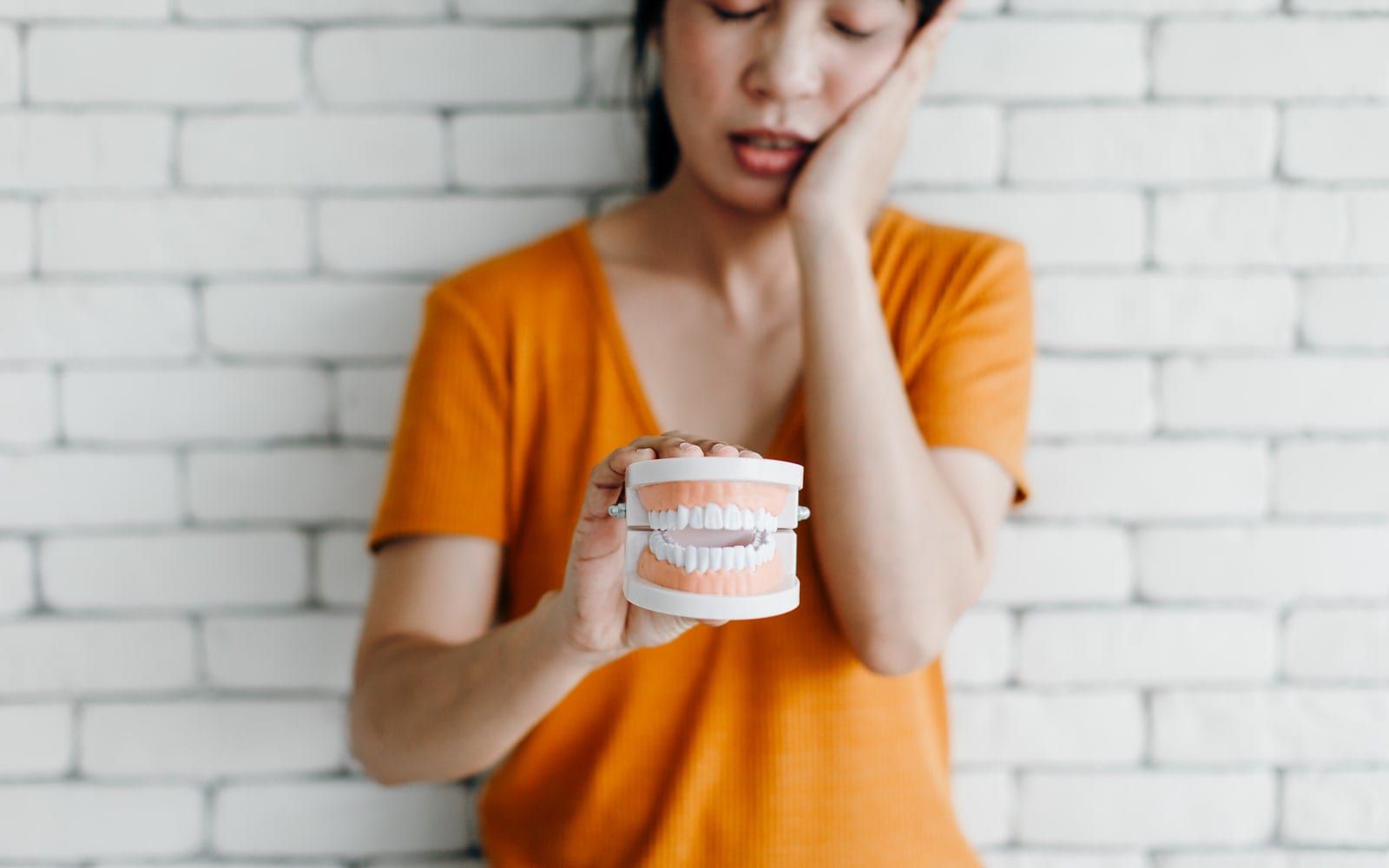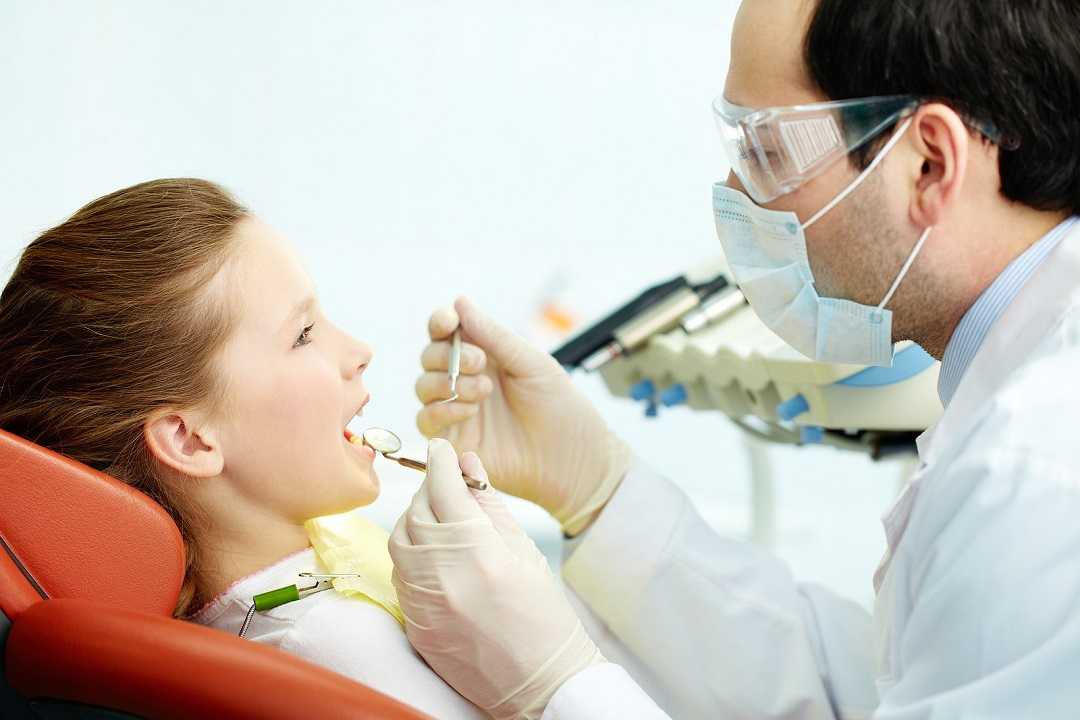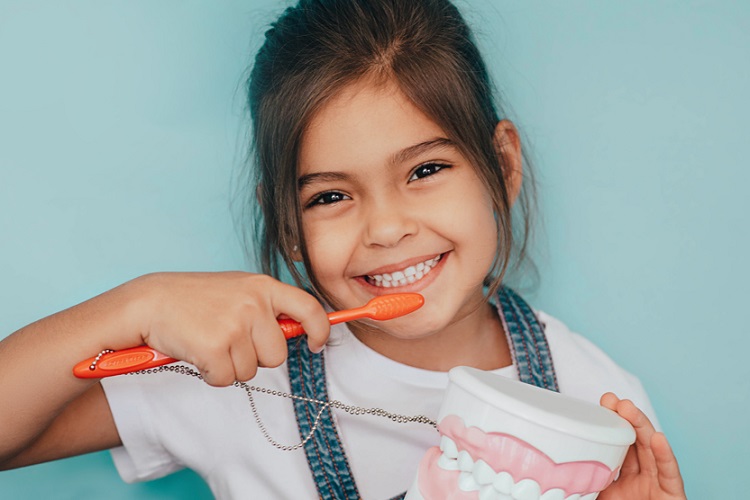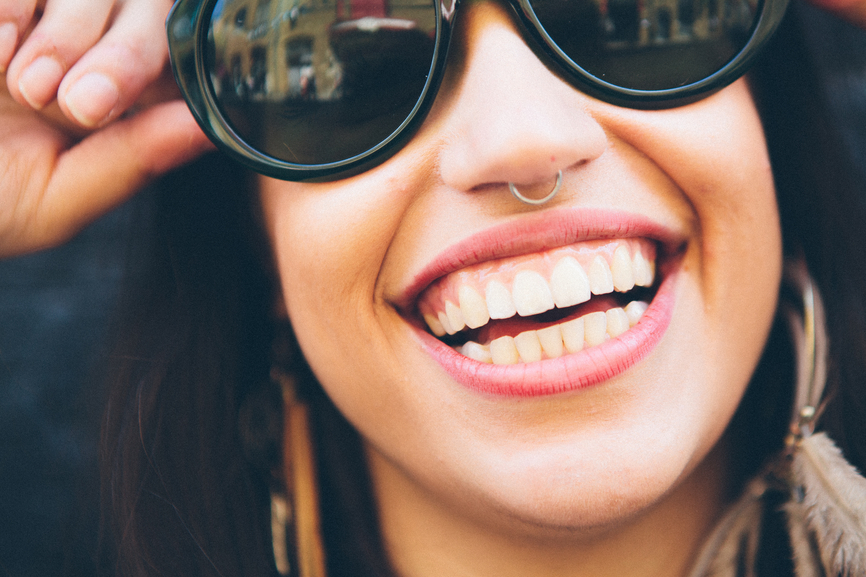Though many of us rely on the sample toothbrush we get from the dentist at our six-month checkups, the right tool for job really does apply in terms of oral health, and not all toothbrushes are alike. Many people wonder which is better: a manual or electric toothbrush.
Dentists usually recommend that adults use a toothbrush with a small- to medium-sized head with multi-tufted, soft to medium filaments (bristles). Using a manual brush is better than nothing, but many oral health professionals are encouraging patients to switch to electric. In general, these brushes help patients get their mouths as clean as possible. Studies show that an electric brush of one sort or another removes more bacteria than a manual brush.
Furthermore, because so many people are in a hurry, they don’t do a great job brushing. Electric toothbrushes facilitate a better probability of accomplishing what we need to do – remove plaque and bacteria. Generally using vibration, rotation, or oscillation to get the job done, they also tend to have larger handles than manual toothbrushes making them a good choice for people with dexterity issues.
Frankly, electric toothbrushes offer a variety of advantages. Not only do these brushes do most of the work, some feature a timer to make sure you brush for a full two minutes, or a pressure indicator light to let you know you’re brushing too hard.
There are a lot of options when it comes to electric toothbrushes. The American Dental Association (ADA) recommends choosing toothbrushes with soft bristles. Anything too hard can damage your gums and even create little marks in your teeth – look for toothbrushes with the American Dental Association Seal of Acceptance.
Electric toothbrushes are also great options for children, especially if they have braces. Practically everyone needs expensive orthodontic work these days, and if you aren’t brushing effectively you end up collecting bacteria and gunk around and under their brackets, which may leave white boxes on your teeth. There are power toothbrushes specially designed for children to use, and the ADA recommends children under the age of 7 be supervised while brushing.
You should buy a new toothbrush every three to four months, or replace the head of your electric toothbrush as instructed. Frayed bristles can’t get into the crevices around your teeth and won’t be efficient in plaque removal.
The bottom line is that you don’t have to have an electric toothbrush for great oral health, but it can be very beneficial. Sometimes an electric toothbrush helps folks stay healthy and avoid accumulating additional decay. However, people have been brushing their teeth with manual toothbrushes forever, and it works great for some.
Even the best dental plans and best dental insurance companies agree, keeping your teeth as clean and bacteria free as possible is the most healthy and cost-effective way to keep dental expenses down. As an American Dental Group member, you’ll save even more on professional dental services and because our providers are all independent, hometown dentists our members know they’re in good hands.









